One 、 explain
stay GIS field , It is a basic method to judge whether the point is within the polygon range , Here we mainly talk about the implementation principle .
The principle is simple , There is one GIS theory , A point sends rays in one direction , If the intersection point of the ray and each edge of the polygon is odd, it means that the point is within the scope of the polygon .
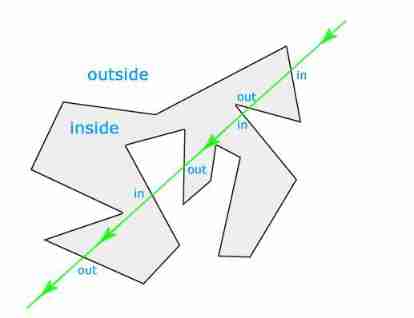
( The picture is quoted from :https://blog.csdn.net/qq_27161673/article/details/52973866)
Two 、 Implementation code
So the implementation code is very clear , Any point creates a ray to the right , Why is the right side , Because the horizontal line can be maintained y unchanged , This situation is the simplest and better understood . The implementation code is as follows :
// Determine whether the point is within the polygon range
function queryPtInPolygon(point, polygon) {
var p1, p2, p3, p4;
p1 = point;
p2 = { x: 1000000000000, y: point.y };
var count = 0;
// Compare each edge to the ray
for (var i = 0; i < polygon.length - 1; i++) {
p3 = polygon[i];
p4 = polygon[i + 1];
if (checkCross(p1, p2, p3, p4) == true) {
count++;
}
}
p3 = polygon[polygon.length - 1];
p4 = polygon[0];
if (checkCross(p1, p2, p3, p4) == true) {
count++;
}
return (count % 2 == 0) ? false : true;
// Judge whether two line segments intersect
function checkCross(p1, p2, p3, p4) {
var v1 = { x: p1.x - p3.x, y: p1.y - p3.y },
v2 = { x: p2.x - p3.x, y: p2.y - p3.y },
v3 = { x: p4.x - p3.x, y: p4.y - p3.y },
v = crossMul(v1, v3) * crossMul(v2, v3);
v1 = { x: p3.x - p1.x, y: p3.y - p1.y };
v2 = { x: p4.x - p1.x, y: p4.y - p1.y };
v3 = { x: p2.x - p1.x, y: p2.y - p1.y };
return (v <= 0 && crossMul(v1, v3) * crossMul(v2, v3) <= 0) ? true : false;
}
// Calculate the vector cross product
function crossMul(v1, v2) {
return v1.x * v2.y - v1.y * v2.x;
}
}
}
Examples of use
var point={x:10,y:10};
var polygon=[{x:0,y:0},{x:100,y:0},{x:100,y:100},{x:0,y:100},{x:0,y:0}];
var pts=queryPtInPolygon(points,polygon); //pts That is, the set of points intersecting the polygon , If it is judged as an odd number, it means that it is within the polygon range
Test case download address :https://download.csdn.net/download/jiangfei200809/9213835
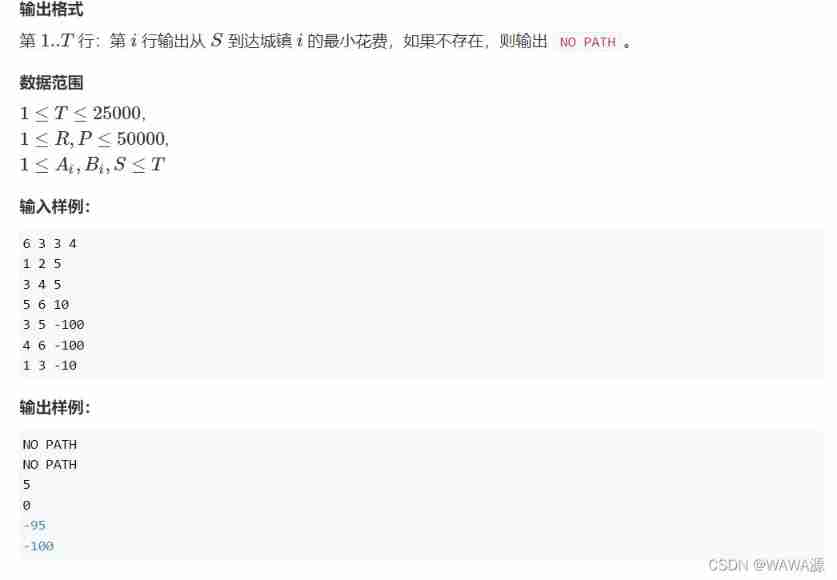

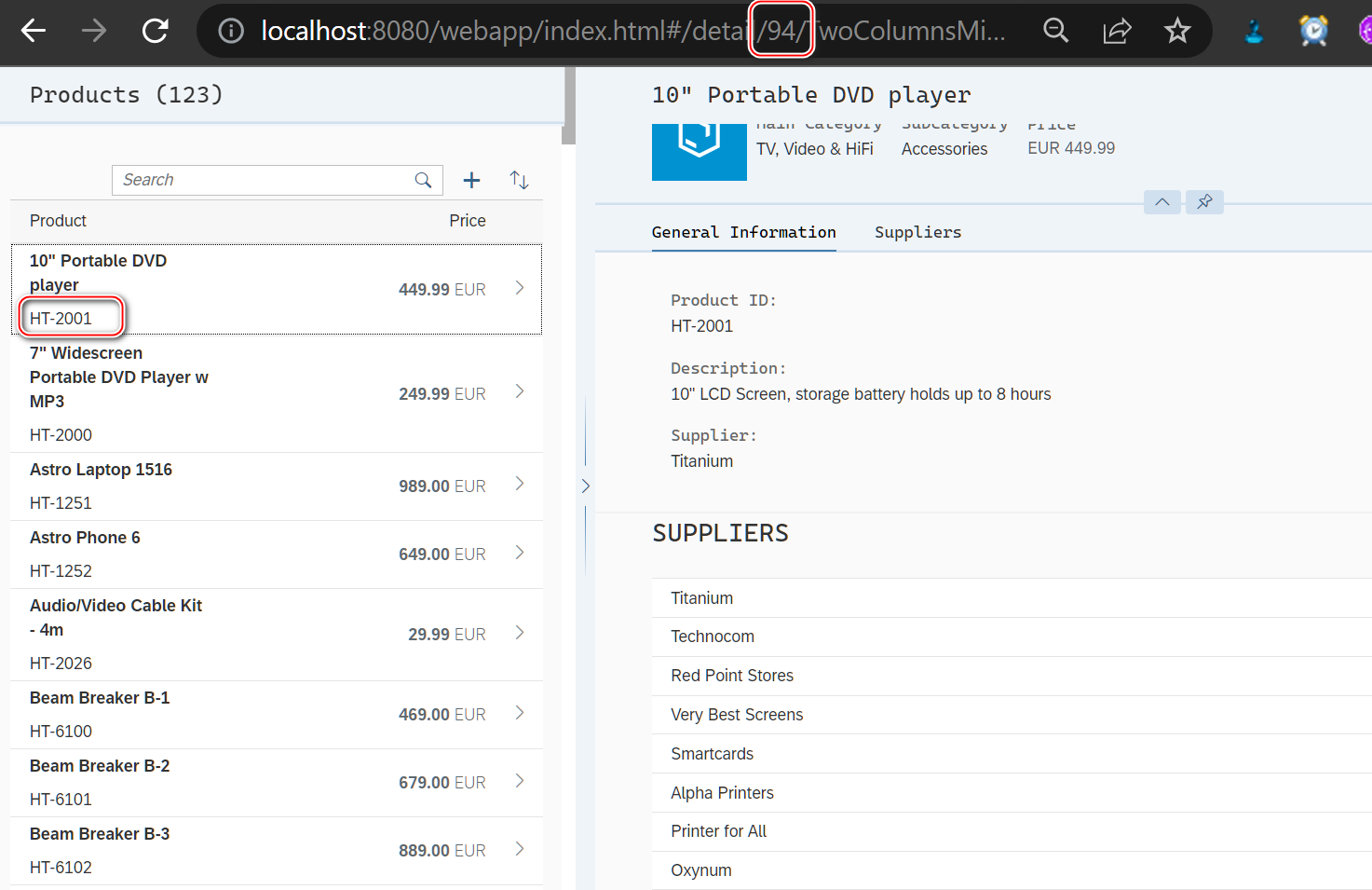
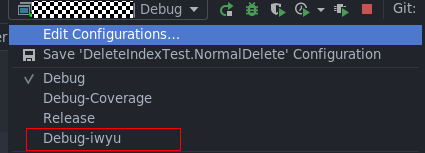

![Yyds dry goods inventory [Gan Di's one week summary: the most complete and detailed in the whole network]; detailed explanation of MySQL index data structure and index optimization; remember collectio](/img/e8/de158982788fc5bc42f842b07ff9a8.jpg)
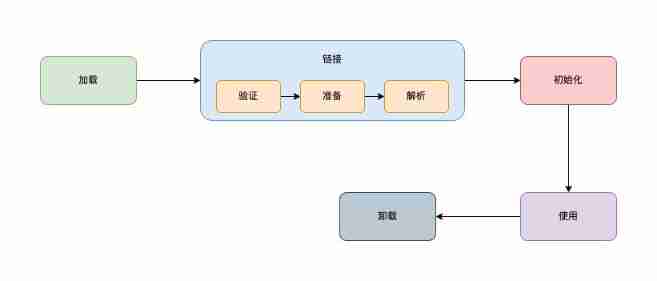

![[development of large e-commerce projects] performance pressure test - Optimization - impact of middleware on performance -40](/img/e4/0bdee782a65028b2bc87db85d48738.png)
